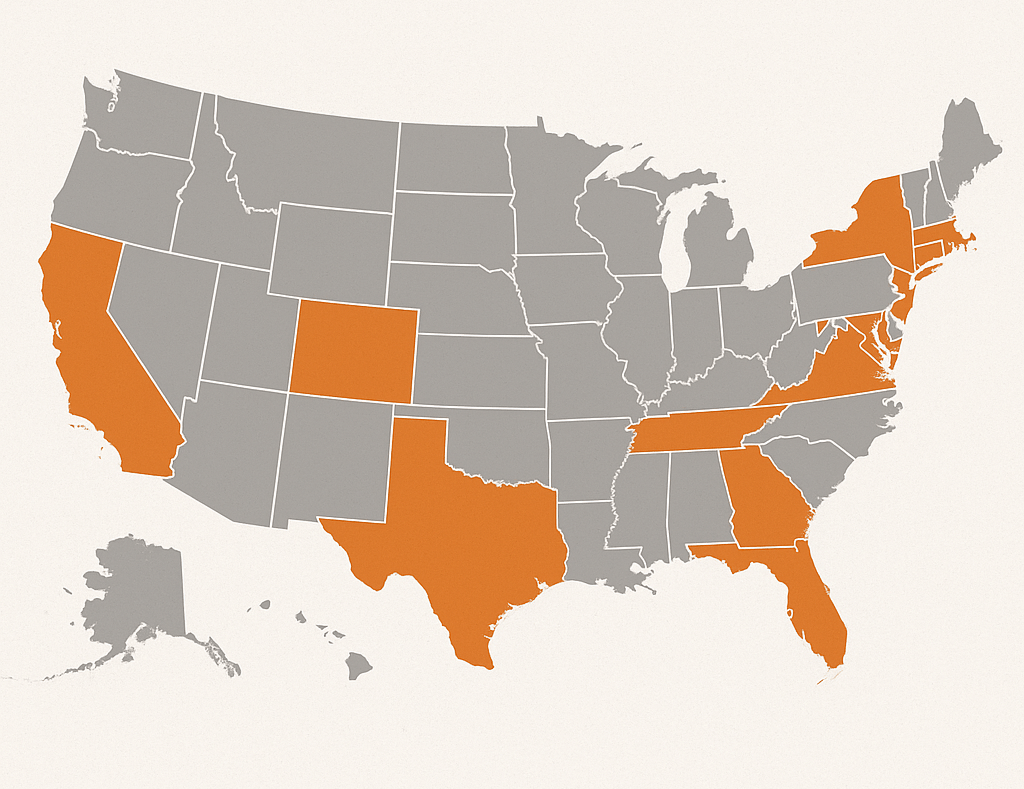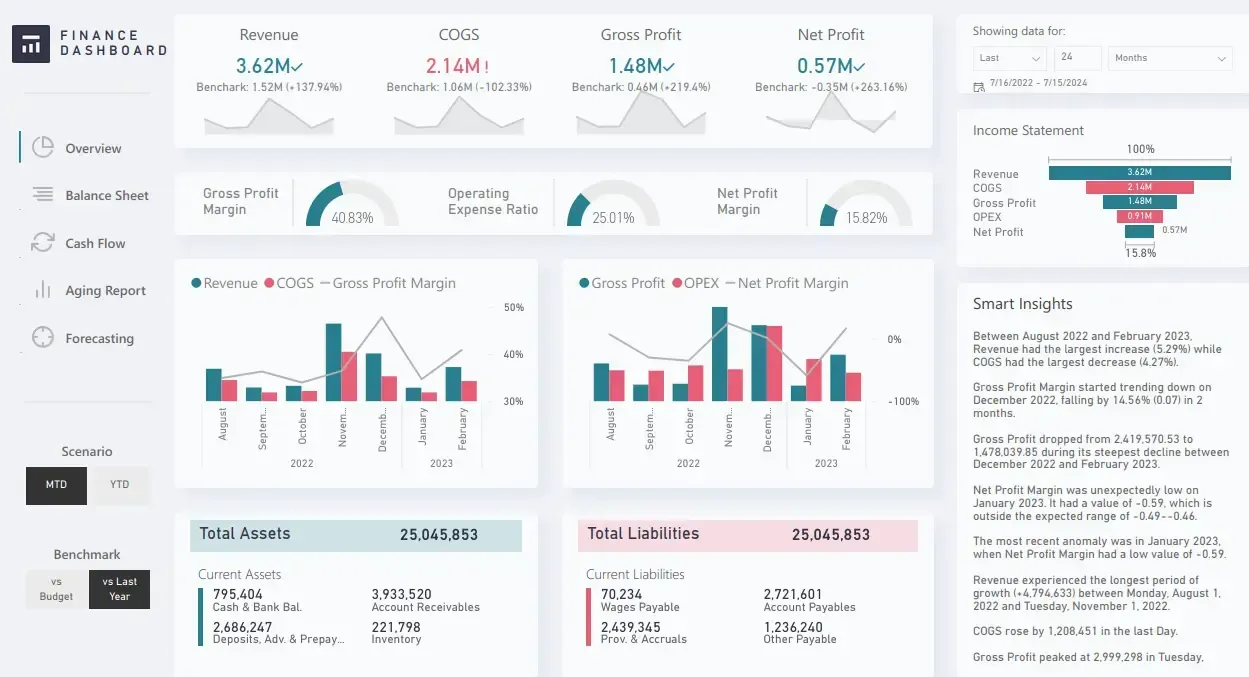The Marriage Penalty: Alive and Well in the Tax Code
Couples filing jointly still get the short end of the stick
There are a lot of positive things about getting married, but the IRS' marriage penalty isn't one of them. The marriage penalty occurs when you pay more tax as a married couple than you would as two single filers making the same amount of money. It pops up again and again in the federal tax code. Thankfully, legislation in recent years is shrinking the problem, but it still exists. Here is what you need to know.
Tax Social Security benefits
Probably the worst example of the ongoing marriage penalty is imposed on older couples. Talk about insult! You make it to retirement as a couple and then get your Social Security taxed more quickly. This occurs because two single seniors start getting their Social Security retirement benefits taxed when their income exceeds $25,000. So the married threshold should be $50,000, right? Nope, it is $32,000. When you consider up to 85% of this benefit is taxable, is it a marriage penalty on couples that can least afford it!
Accelerating phase-outs
The tax code is filled with various income phaseouts for benefits, credits and deductions. Thankfully most now have the marriage penalty taken out, but it still exists in things like the Adoption Credit and Roth IRA contribution limits. But probably the worse example is that the earned income tax credit (EITC) phase-outs favor single versus married taxpayers. A single mother of three in 2021 can qualify for the EITC with income less than $51,464, while a married couple loses the EITC with combined income over $57,414. This is often one of the driving reasons for not marrying when you have lower income and children are in the home.
Affordable Care Act piles onto the marriage penalty
The Affordable Care Act also penalizes married couples with lower thresholds on its 0.9 percent wage surtax and 3.8 percent investment income tax. The income thresholds for these surtaxes are $200,000 for single filers and $250,000 for married couples filing jointly. As a result, singles who each earn $125,000 to $200,000 can get hit with the extra tax after they marry.
Even Itemizing deductions favors single taxpayers
One of the new provisions in the tax code that limits itemizing deductions is the $10,000 upper limit on taxes, like property taxes and sales taxes, that can be used for itemizing deductions for a single taxpayer. The limit for a married couple? Not $20,000. It is the same $10,000! Congress must not think a family may need a bigger place to stay or need to spend more for the extra family members.
The tax rate problem is now better
However, there is some good news on the marriage penalty front. Prior to law changes in 2017, most married couples paid higher tax rates than if they were two single people. This penalty is now eliminated for all but the highest earners. The marriage penalty now comes into play in the 34% tax bracket that begins with combined incomes well over $200,000. Most of us can see the results of this penalty in the news as celebrities conduct their tax planning and delay or avoid tying the knot.
The most import part of the marriage penalty is awareness of the problem. By knowing the tax pitfalls you can plan around them, and perhaps influence a change for the future.




